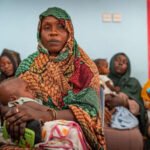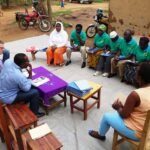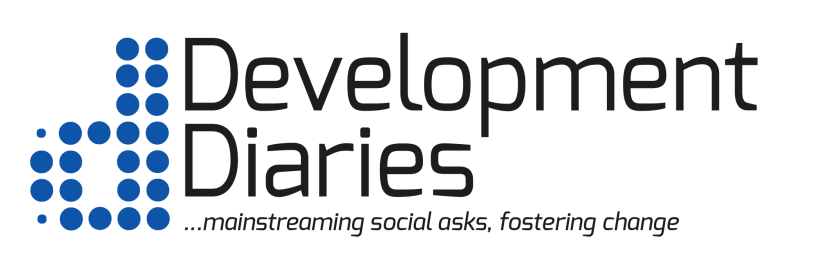African countries have consistently emphasised the need for financial support to help them adapt to the impacts of climate change.
Development Diaries reports that at the ongoing Conference of the Parties (COP28), more than $175 million has been committed to the Alliance for Green Infrastructure in Africa (AGIA) by philanthropies, African and international organisations, and the governments of Germany, France, and Japan.
The commitment is expected to support the quickening of financing for innovative infrastructure projects that are in line with climate change throughout the continent.
Updates from COP28 also reveal significant progress on international financial architecture reform to support low-income and vulnerable countries in fighting climate change.
Also, leading nations and international financial institutions have pledged to include climate-resilient debt clauses (CRDCs) in their lending agreements. These clauses permit the suspension of debt payments to give affected nations some breathing room in the event of climate disasters.
‘The UK, France, World Bank, Inter-American Development Bank (IDB), European Investment Bank (EIB), European Bank for Reconstruction and Development (EBRD) and African Development Bank (AfDB) made new commitments to expand CRDCs in their lending’, read a statement on the COP28 website.
Additionally, President William Ruto of Kenya has launched the ‘Africa Green Industrialisation Initiative’ at the event, which aims to accelerate and scale green industries and businesses across Africa, promote climate mitigation and adaptation, and catalyse economic green growth on the continent.
Furthermore, Italy has pledged an additional €5 million to the Sustainable Energy Fund for Africa (SEFA) Special Fund in support of Africa’s sustainable energy future.
Nigeria faces challenges such as increased temperatures, changing precipitation patterns, and rising sea levels. These factors contribute to desertification in the northern regions and threaten agriculture, water resources, and food security.
Kenya is grappling with more frequent and severe droughts, impacting water availability and agriculture. Also, the country faces an increased risk of floods, affecting communities and infrastructure.
South Africa, on the other hand, is experiencing a variety of climate-related issues, including heatwaves, changing rainfall patterns, and more intense storms. These factors contribute to water scarcity, affecting both urban and rural areas.
Ethiopia is prone to droughts and erratic rainfall, leading to food and water shortages, and climate change worsens these issues, impacting agriculture, pastoralism, and the livelihoods of many Ethiopians.
Sudan is vulnerable to both flooding and drought, with the latter affecting agricultural productivity. Conflicts over scarce resources, exacerbated by climate change, pose additional challenges to the nation.
With its dependence on the Nile River, Egypt is highly sensitive to changes in water availability. Rising sea levels and changes in precipitation patterns can have severe implications for the country’s water resources and agricultural sector.
Somalia faces an increased frequency and intensity of droughts, which contribute to food and water scarcity. The resulting humanitarian crises are often worsened by conflicts and political instability.
Mozambique is vulnerable to cyclones and floods. Coastal areas are particularly at risk due to rising sea levels, threatening both communities and vital infrastructure.
In Tanzania, climate-related challenges such as changing rainfall patterns, impact agriculture and water availability. Uganda faces challenges such as altered rainfall patterns, leading to floods and droughts which affects agriculture, water resources, and overall food security.
Development Diaries calls on African leaders to continue to amplify their voices globally as they respond to the impact of climate change.
Photo source: AfDB







